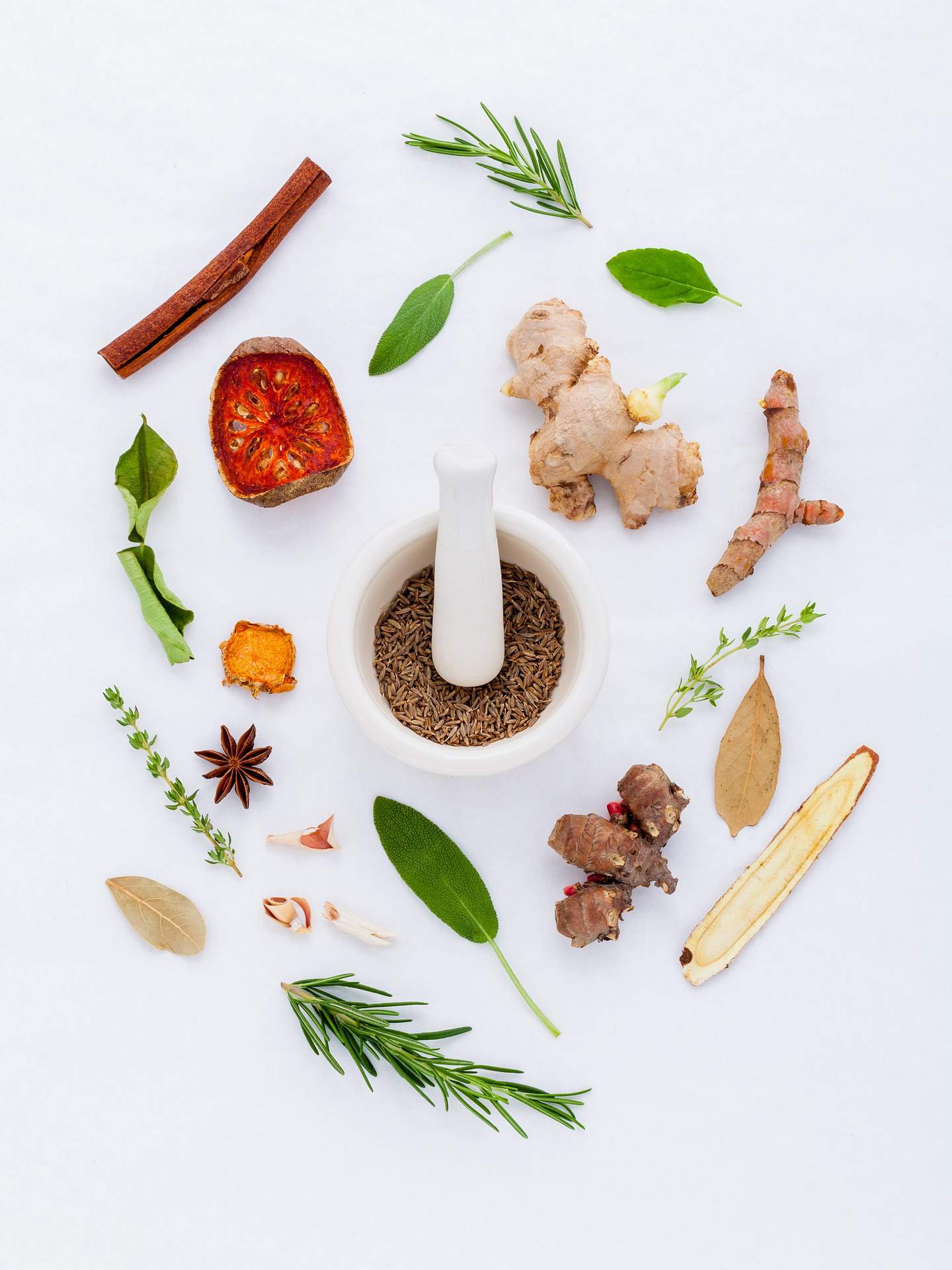Have you ever been in the kitchen, looking through your spice rack, and wondered how many spices and herbs are there? Or maybe you’re curious about all the different types of ingredients used worldwide – from cumin to curry leaves. Well, believe it or not, there are more than 500 unique spices and herbs used worldwide!
It’s fascinating to think that each country has its own signature flavors when it comes to cooking. And while some might be similar, others can be quite distinct. For example, Indian cuisine often uses a lot of spicy blends like garam masala or tandoori masala for their curries. In contrast, Chinese dishes use five-spice powder for their stir-fries. The possibilities seem endless!
How Many Spices And Herbs Are There: Types of Spices
Now that you know there are more than 500 different spices out there let’s take a closer look at some of the most common and essential ones. Some of these will familiarize you, while others may be completely new.
Coriander
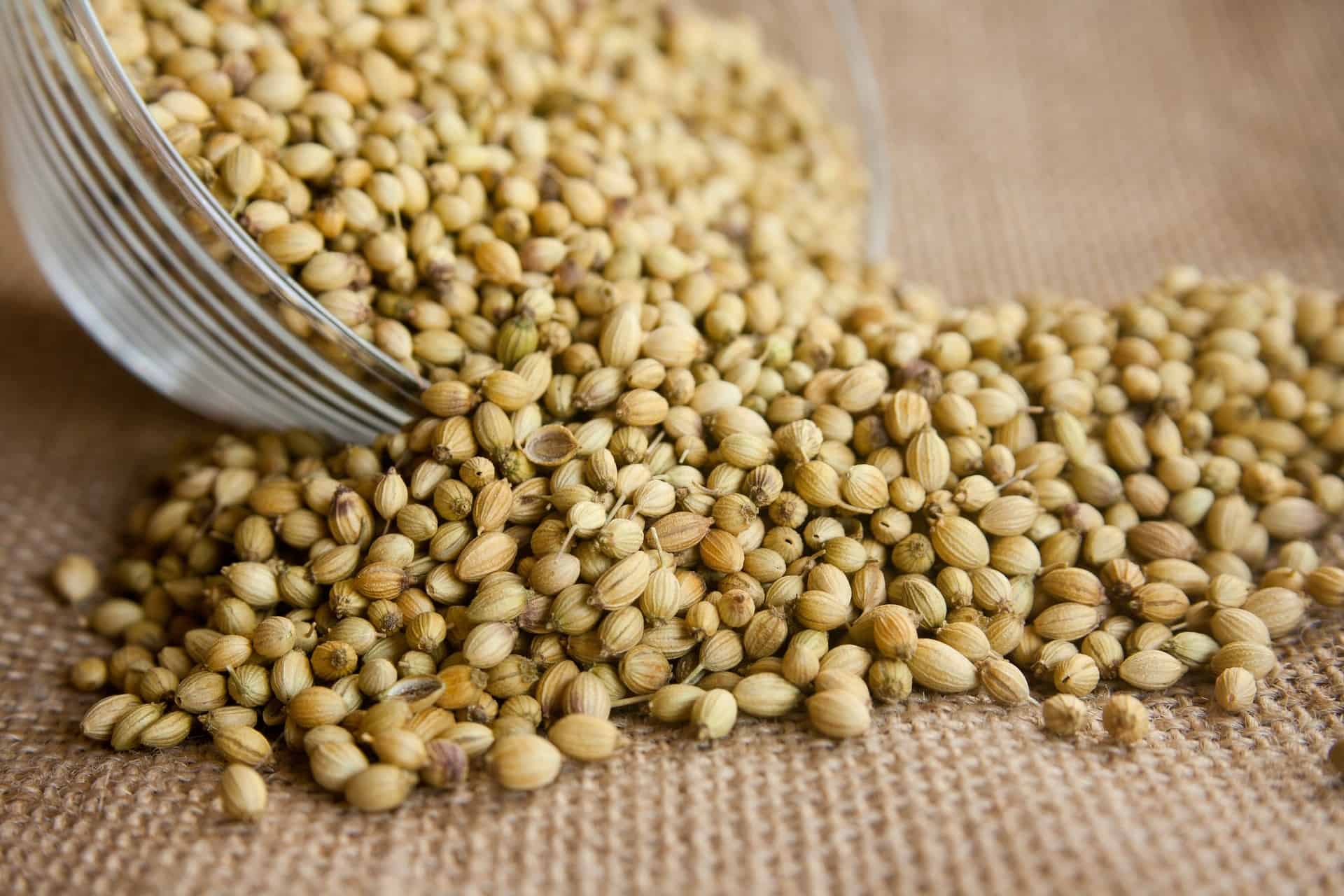
Commonly known as cilantro in many countries, this herb is often used to give a fresh and citrusy flavor to dishes like salsa and guacamole. It’s also popular in Indian cuisine and adds greatly to soups, salads, and stews.
Coriander is the dried seed of the cilantro plant that’s often seen as two separate spices on a store shelf. The leaves are commonly called ‘cilantro,’ while you can buy the seeds separately as ‘ground coriander.’
Cinnamon
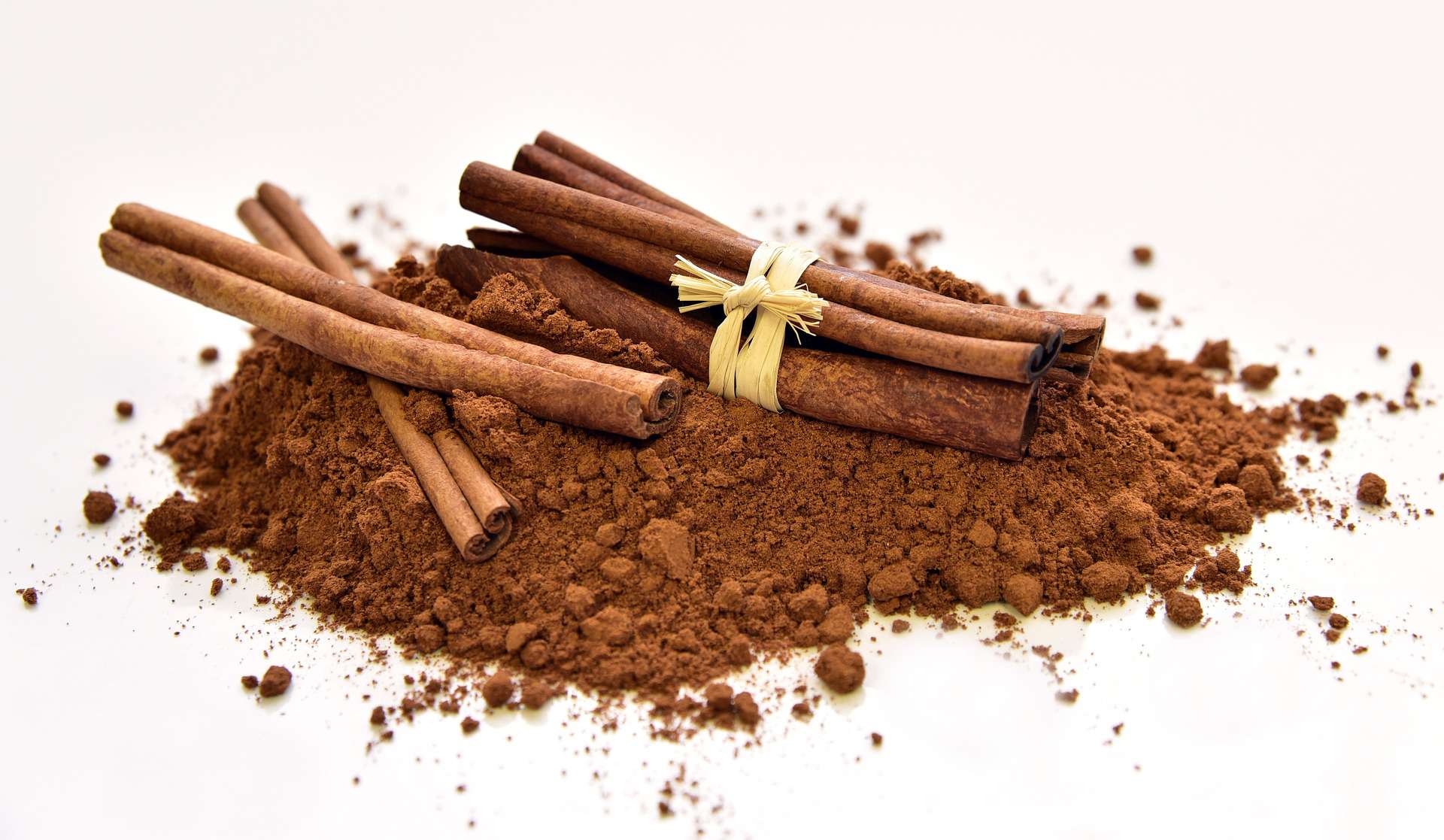
Cinnamon might be best known as the fragrant spice that goes into baking, but its uses extend far beyond that! It’s a versatile ingredient – you can use it to boost flavor in savory dishes, make teas, and even provide health benefits.
Some people even sprinkle it onto their coffees or smoothie bowls for an added hint of sweetness. But one of its major uses is as a preservative – adding just the right amount to foods helps preserve them longer without needing chemical preservatives.
Cloves
Cloves are commonly seen in curries, stews, chutneys, pickles, kabobs, and pilafs – but you can also brew them into teas or grind them up to create aromatic spice rubs for meats or vegetables. Plus, cloves have various medicinal uses: drinking clove tea may help improve digestion; applying clove oil to the skin can help rid it of impurities; and using cloves to freshen your breath!
Cumin Seed
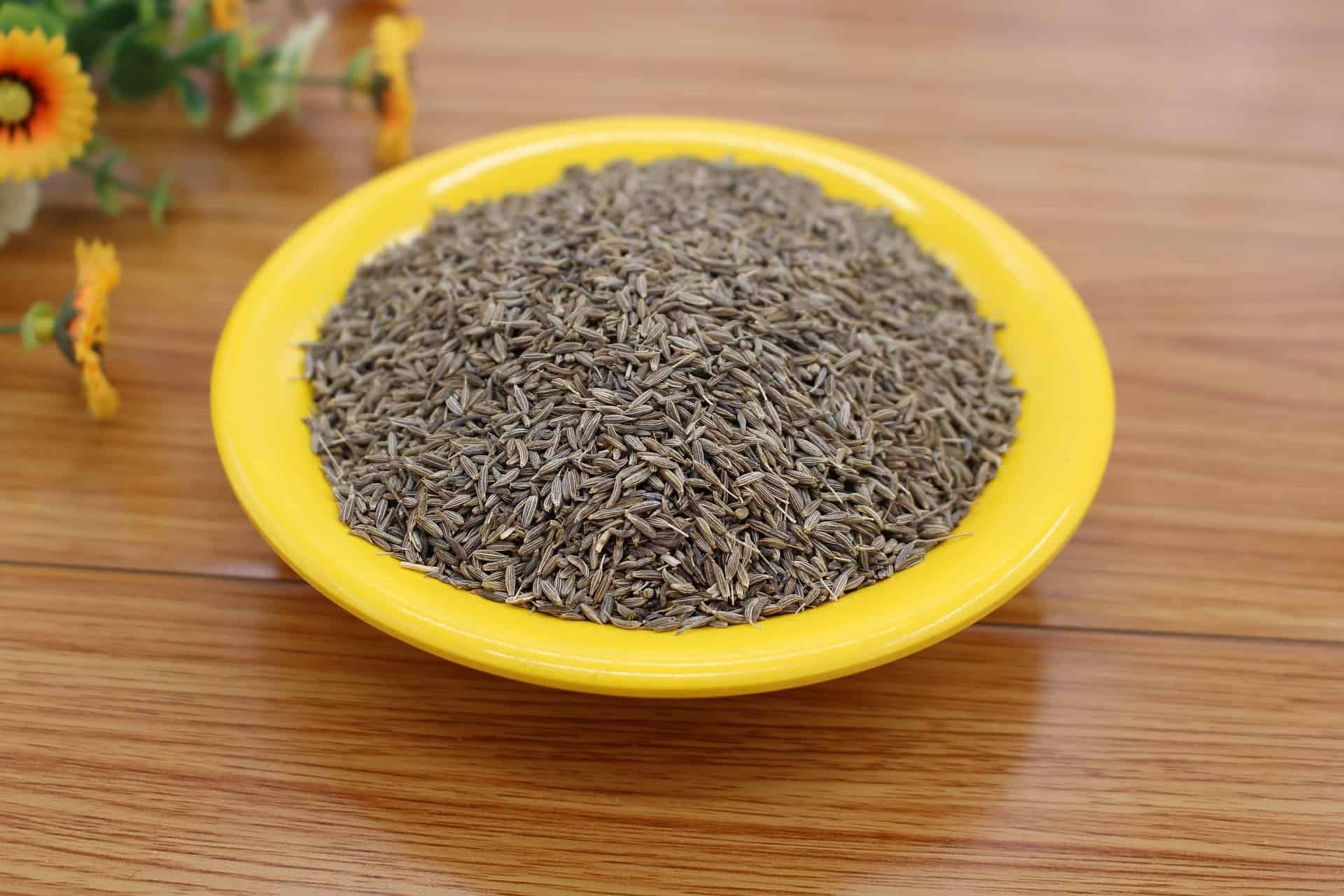
That earthy, savory spice that you’ve probably seen sitting in shakers at your local taco stand – cumin – is a staple ingredient in many of the world’s cuisines. While it originates in the Middle East and India, it’s an essential flavor in dishes from Spanish stews to Southeast Asian curries.
Try crumbling a few cumin seeds into your own tomato sauce recipes next time to give it a subtle yet special kick, or mix them with some olive oil to make a tasty dip for fresh bread!
Cardamom
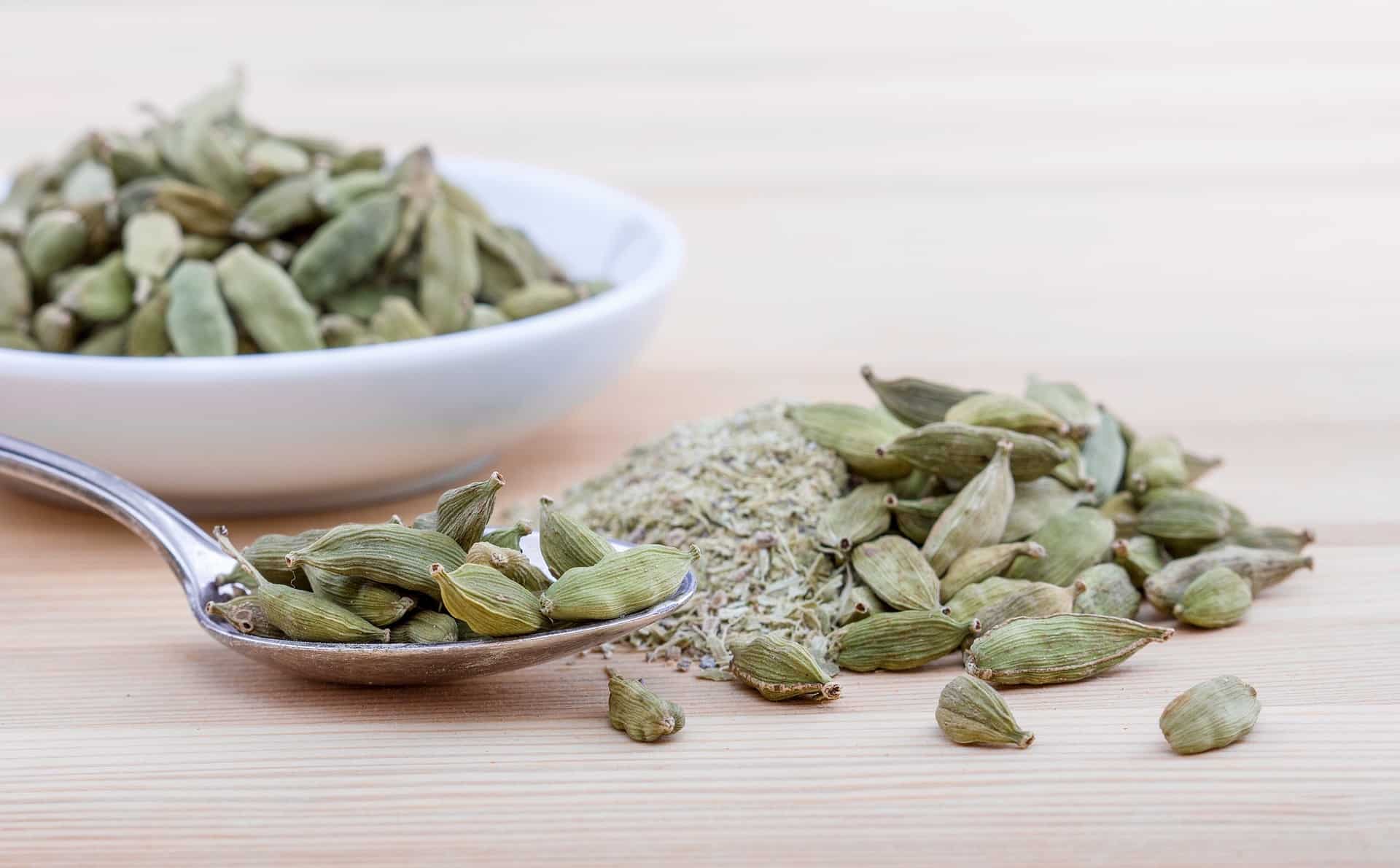
Cardamom is one of those spices that can show up in just about any cuisine. It has a unique flavor and scent that can brighten up a dish, which is why it’s so popular in kitchens worldwide. Cardamom is often used in Scandinavian countries like Norway, where folks bake it into their traditional cakes and cookies.
In the Middle East, you might get a cup of fragrant cardamom-infused coffee after dinner as part of their customary dessert course. And India is well-known for its variety of delicious curries flavored with this incredible spice.
Nutmeg
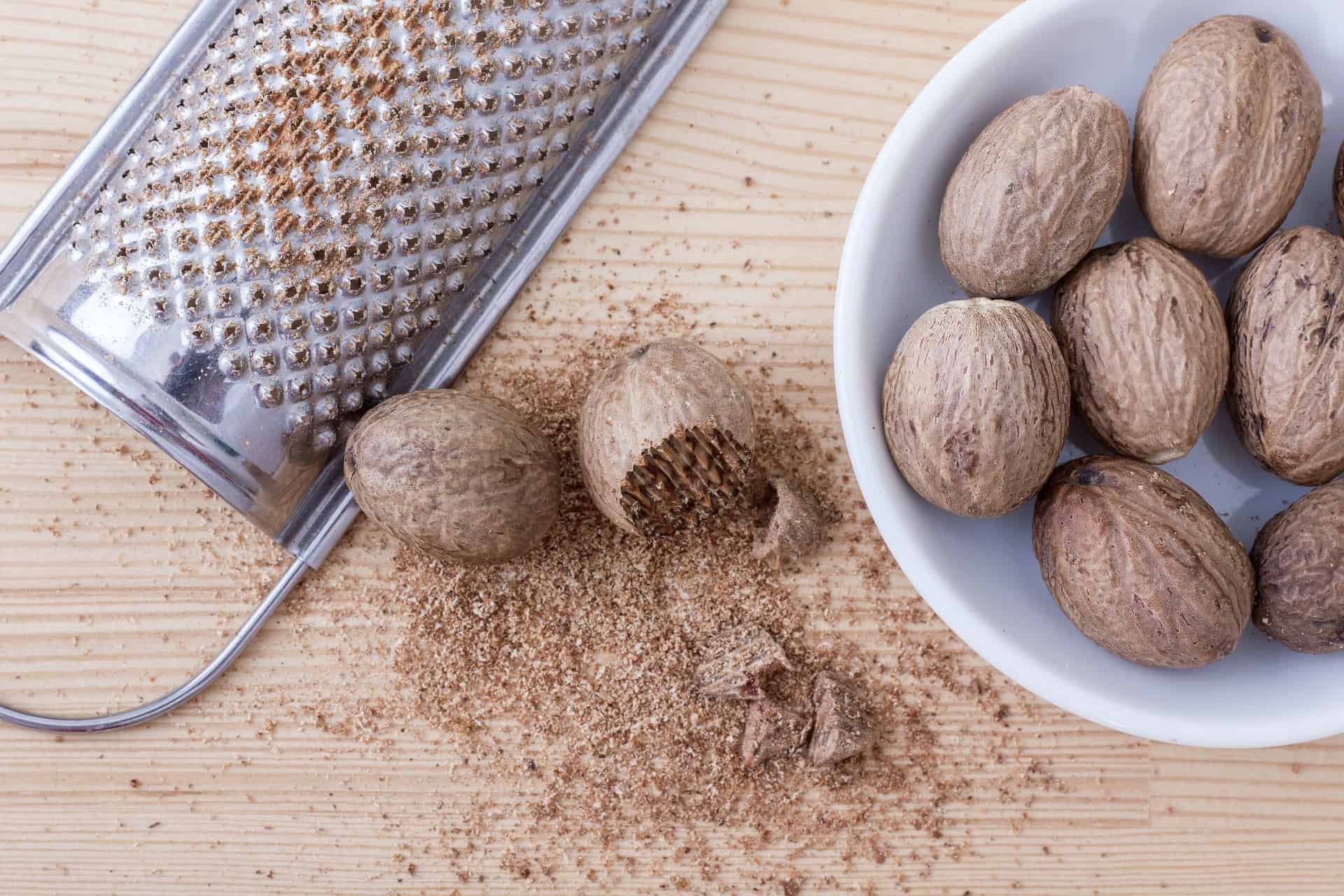
Nutmeg is a spice that is often used to season or flavor sweet dishes. You can use this aromatic seed to spike warm drinks, add depth of flavor to cakes and cookies, and even bring body-to-savory sauces. Even though it is usually associated with sweet flavors, Nutmeg can also be used in small quantities to give an earthy quality to foods like Brussels sprouts, potatoes, omelets, and fish!
The best part? A little nutmeg goes a long way, so one jar will last you quite some time.
Star Anise
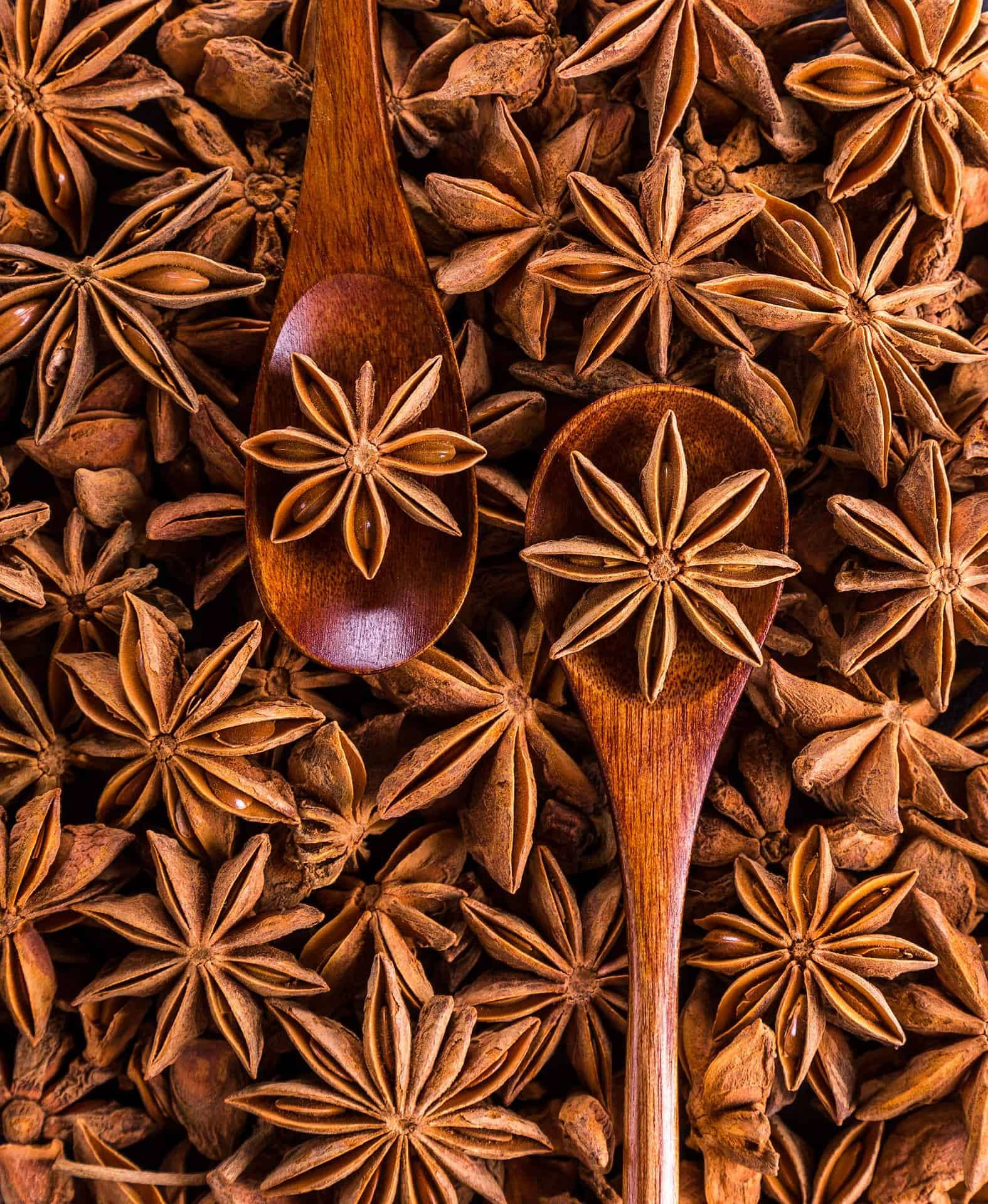
Star anise is one of those spices you probably don’t think about using very often, yet it has a really interesting flavor. It’s known for enhancing the sweetness and adding an extra layer of aromatic notes to dishes.
In Vietnamese cuisine, star anise is one of the main components for their famous spice blend, Pho – so if you’ve ever had delicious Vietnamese soup, then you know what I’m talking about! It’s also commonly used as a flavoring in Chinese braised dishes and desserts such as sweet soups and other pastries.
Smoked Paprika
It’s regularly used to add a smoky and spicy flavor to dishes, from savory stews to simple snacks like popcorn. You often see it in Spanish and Portuguese cuisine and Hungarian-style goulash usually served with dumplings or potatoes. Smoked paprika also works well mixed into chili seasoning blends for an extra kick of flavor.
Garlic
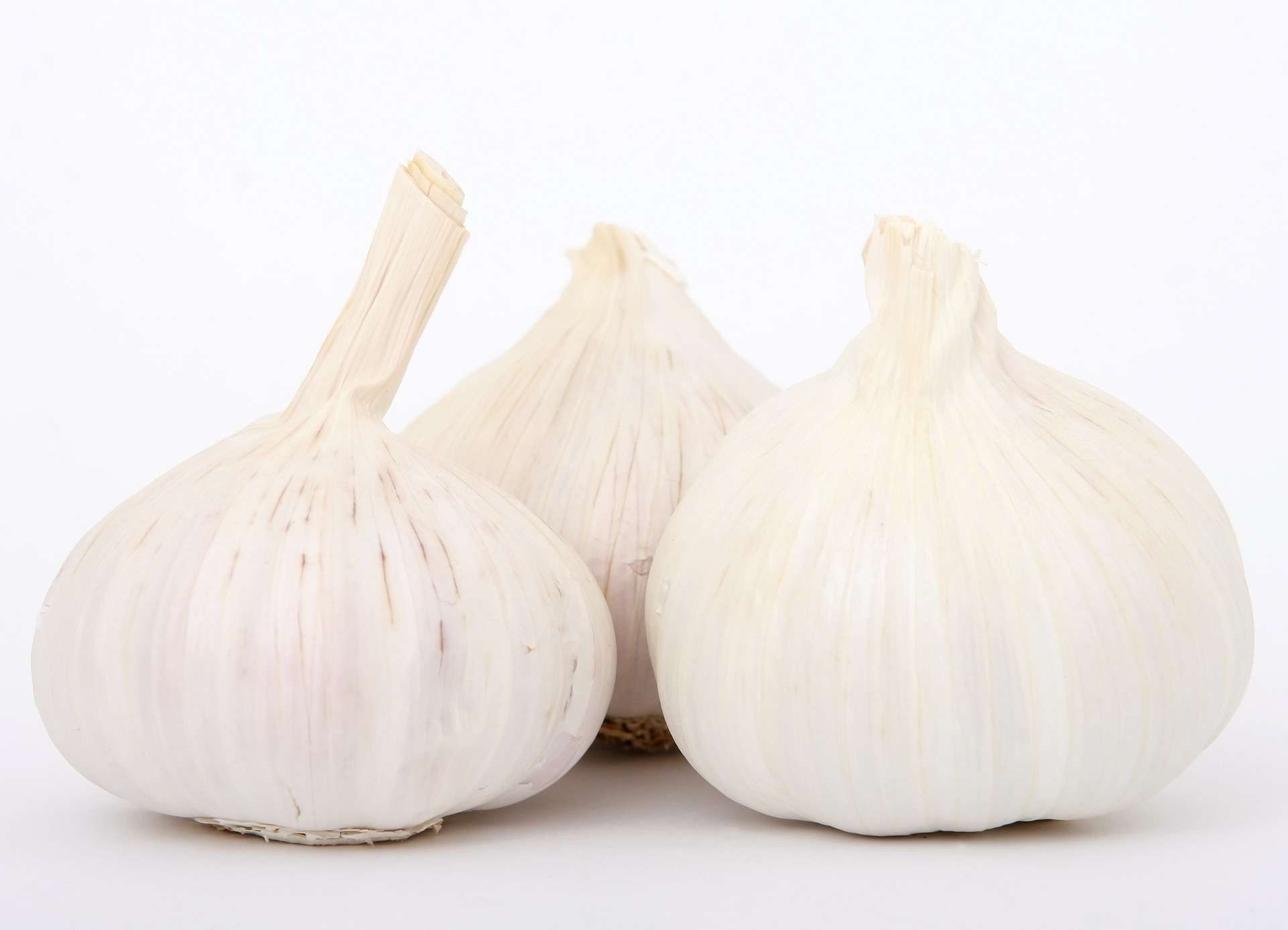
Garlic is a must-have in the kitchen! It’s used to flavor many meals, from pasta to roasted vegetables and even pizza. Garlic brings such a unique flavor – pungent and sweet – that it’s hard to find an alternative. And since garlic comes in different forms these days, you can choose whichever garlic suits your culinary needs best!
Fresh garlic has a more intense flavor than garlic powder, so fresh garlic is a great choice when you want to knock the taste buds out of your dish. But garlic powder also comes especially handy when throwing together dried rubs or marinades – it’s easier to measure exactly how much garlic you need in a pinch! Plus, garlic powder has a longer shelf life while avoiding mess during prep time – score!
Allspice
Allspice is an amazing spice commonly used to elevate the flavor of various dishes, from savory to sweet. You can use allspice in recipes such as chili or cookies – it even works well with garlic powder for a garlic and allspice combo! Allspice often finds its way into baking recipes like cakes and pies but can also add flavor to curries, meat dishes, and vegetables. It’s really a perfect pantry staple seasoning to have on hand because it goes well in so many different types of foods!
Annatto
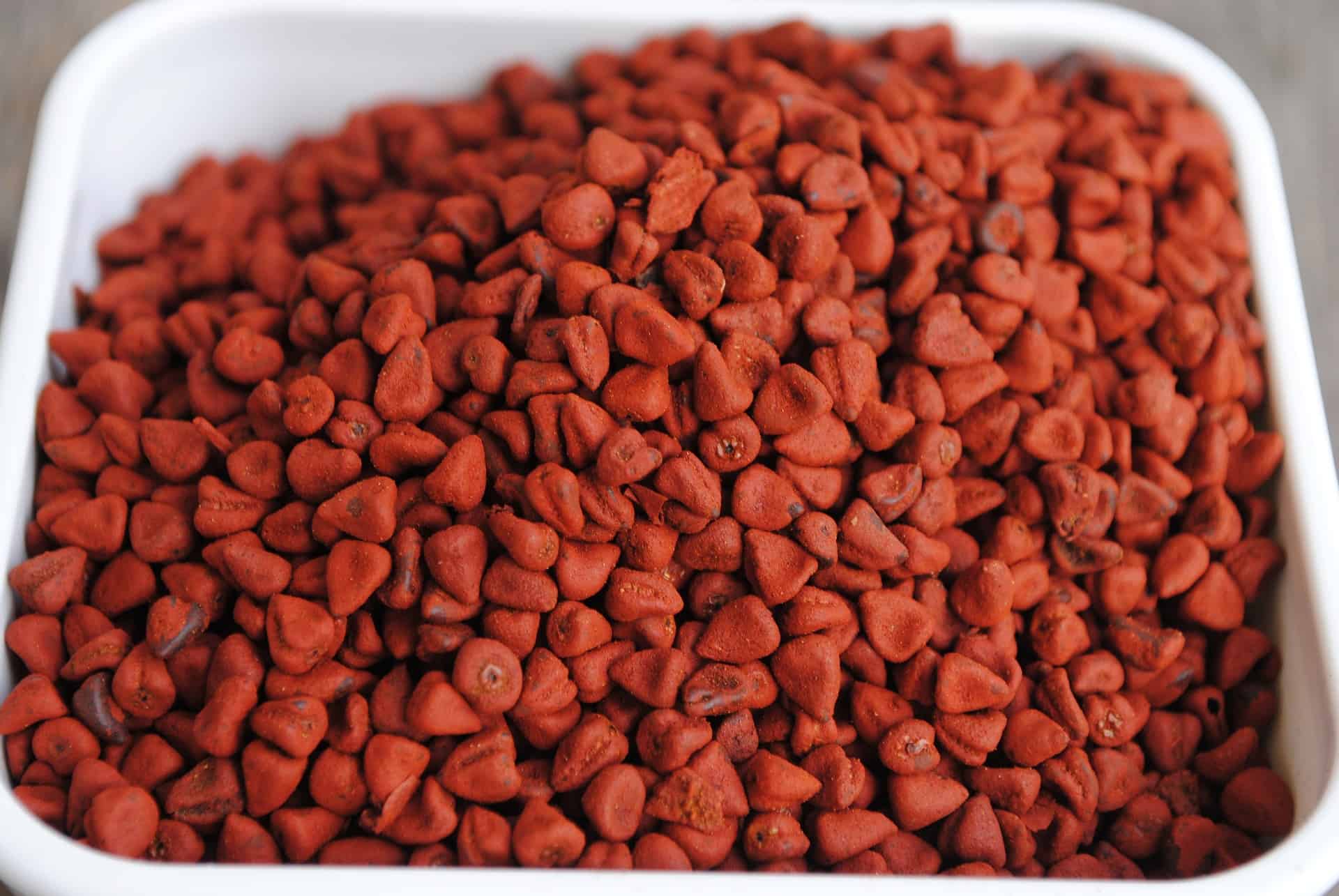
Annatto is a natural food coloring derived from the seeds of the achiote tree, popular in Mexican and Latin American cooking. It’s often used to impart an orange-yellow color to dishes, giving them an appealing hue.
Annatto also has a garlic-like flavor that lends depth to savory foods. From yellow rice to tacos filled with slow-cooked meats, many dishes call for annatto as one of the ingredients. Annatto can be used alone or with garlic powder for added pungency and boldness.
Because it’s all-natural and imparts great flavor to its surroundings, annatto is a must-have seasoning in any Latin kitchen!
Cayenne
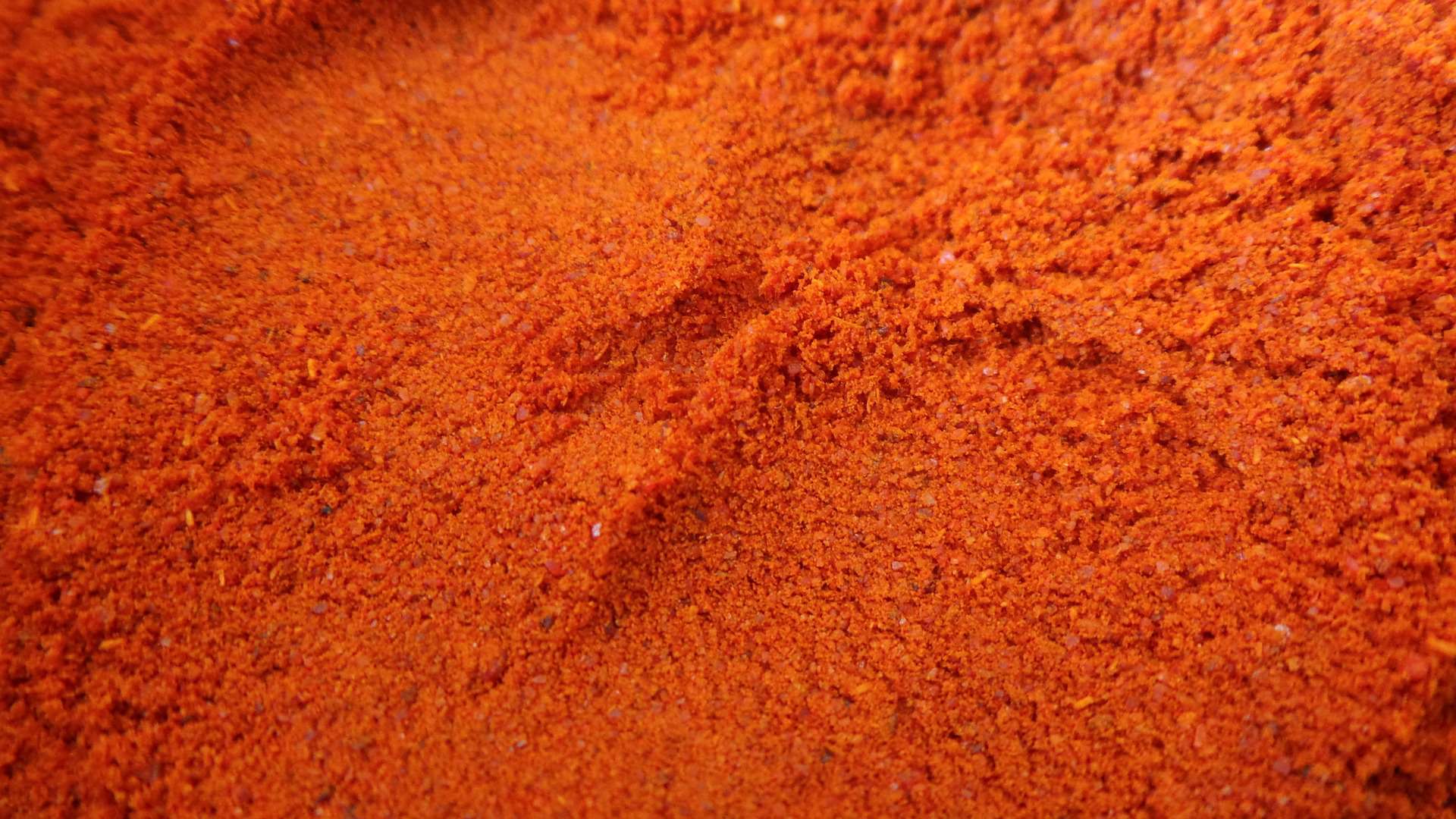
Cayenne is an incredibly popular, finely ground red pepper used in various culinary dishes. This pungent seasoning has been around forever; its origin is headquartered in South America. Cayenne pepper is commonly added to foods to give a little heat and kick up the flavor—it can be used as a garnish and an ingredient.
It also gives color to any dish it’s added to! In addition, cayenne contains capsaicin which helps clear up congestion—so it is quite a powerful spice! When using cayenne in cooking, always remember to start slow and season as you go. Too much of the stuff, and you’ll wind up with food hotter than Hades!
Celery Seed
Celery seed is a tiny but powerful addition to any kitchen. It’s dried, ground-up celery with an intense flavor, often used in pickling and other recipes where you need a punch of flavor. It pairs nicely with fresh herbs like dill and parsley to make tasty dishes like tabbouleh or gazpacho.
But it has a lot of uses beyond just cooking. Celery seed comes with loads of health benefits, like reducing back pain and fighting off bacteria–so it’s not just for adding taste to your favorite recipes!
Fennel Seed
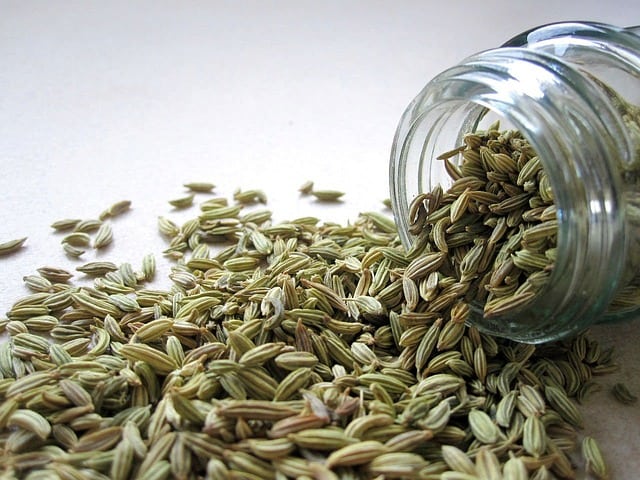
Fennel seed is a type of spice with a distinct flavor that should definitely be in every spice rack! Its smell is warm, sweet, and licorice-like—which makes it perfect for adding to sweet dishes and some savory recipes. Fennel seed is commonly used in Mediterranean and Indian dishes, most popularly in slow-simmered stews or aromatic fish dishes.
It’s also used to give an herbaceous flavor to roasted vegetables and salads. A little can go a long way though: because of its strong flavor and aroma, it’s better not to use too much fennel seed when cooking.
Flaxseed
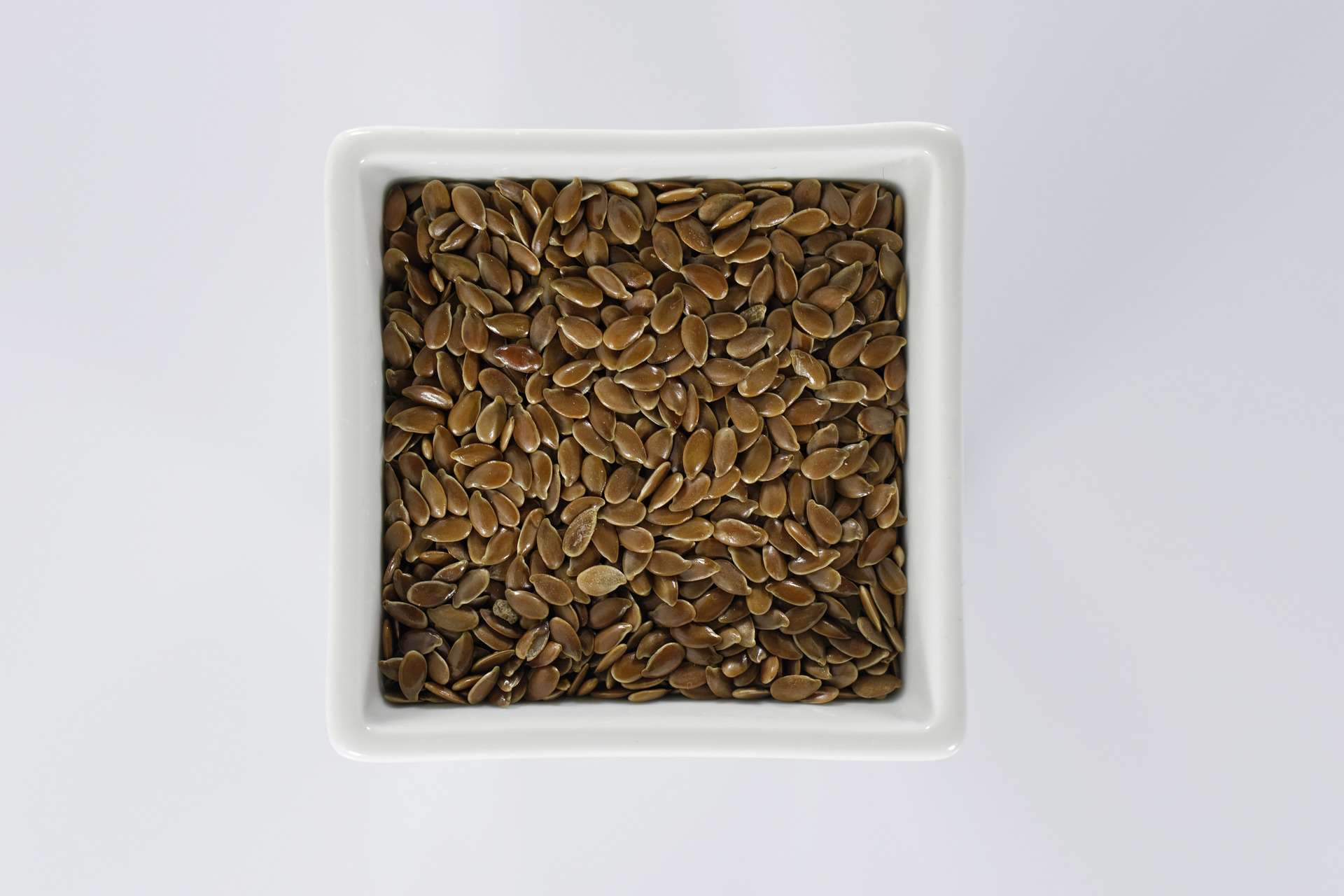
Flaxseed, also known as linseed, is a rich source of omega-3 fatty acids, protein, and fiber. Its pleasant nutty flavor makes it a great addition to many dishes and recipes. You can find this plant seed in whole or ground varieties at most stores and markets.
Flaxseed is commonly used in baking — from muffins and cakes to slices of bread and cookies — providing a unique texture and additional nutrition. It’s also great for adding thickness to sauces without raising the calorie count. And finally, you can sprinkle it over yogurt, cereal, and salads for some extra crunchy goodness!
How Many Spices And Herbs Are There: Types of Dried Herbs
There are a multitude of herbs and spices which you can use to add flavor, texture, and color to dishes. Some of the most common types of dried herbs include:
Basil
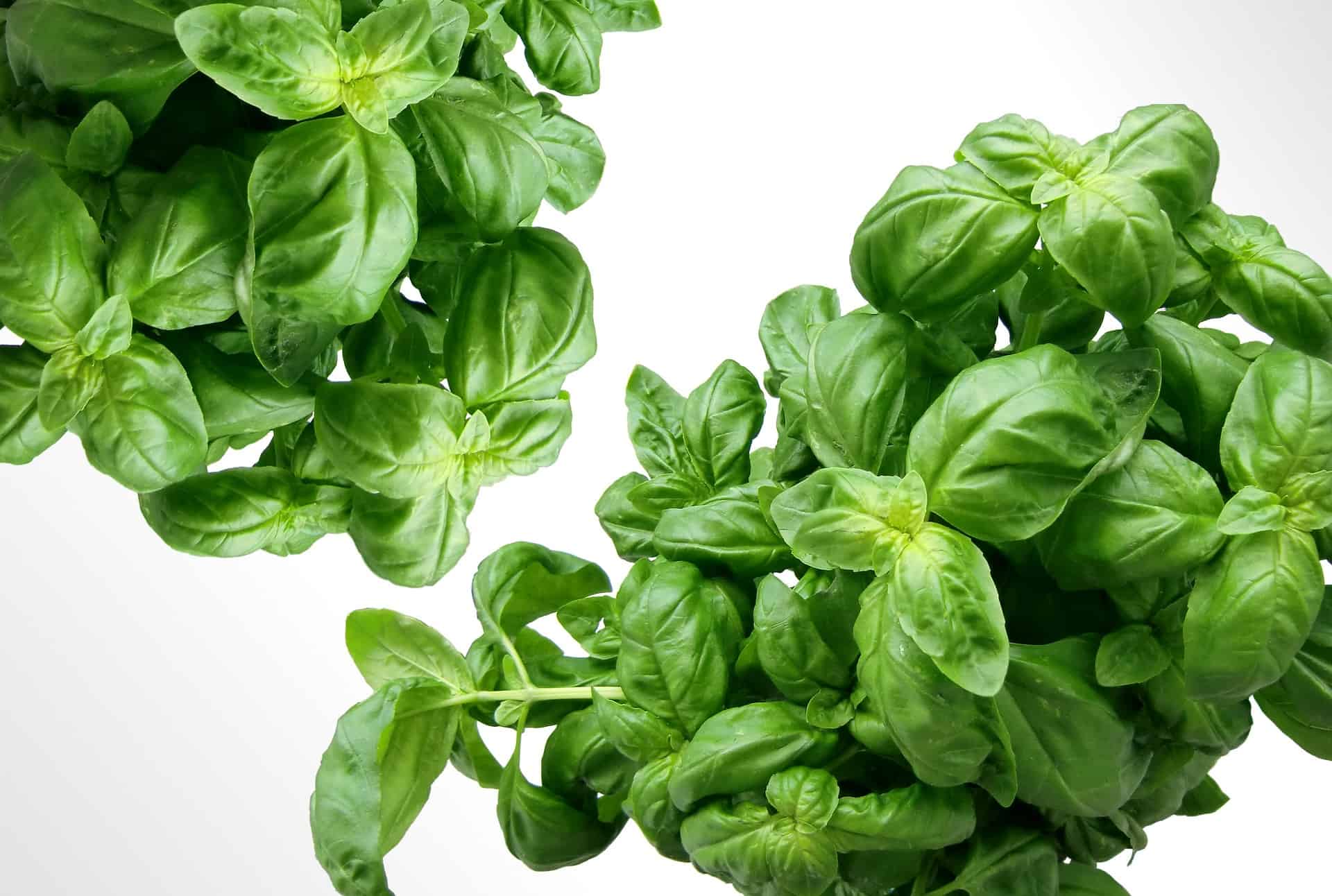
Basil, also known as Sweet Basil or common basil, is part of the mint family. This aromatic herb is native to India but grown in countless other locations all over the world. It’s the perfect addition to tomato-based dishes like pizza, pasta, and salad recipes.
Plus, its unique flavor compliments dozens of other dishes, too – think eggs and fish! Whether you’ve got a bunch of fresh basil straight from your garden or just a little jar from the grocery store, adding this delicious herb will almost certainly take your cooking up a notch.
Bay Leaves
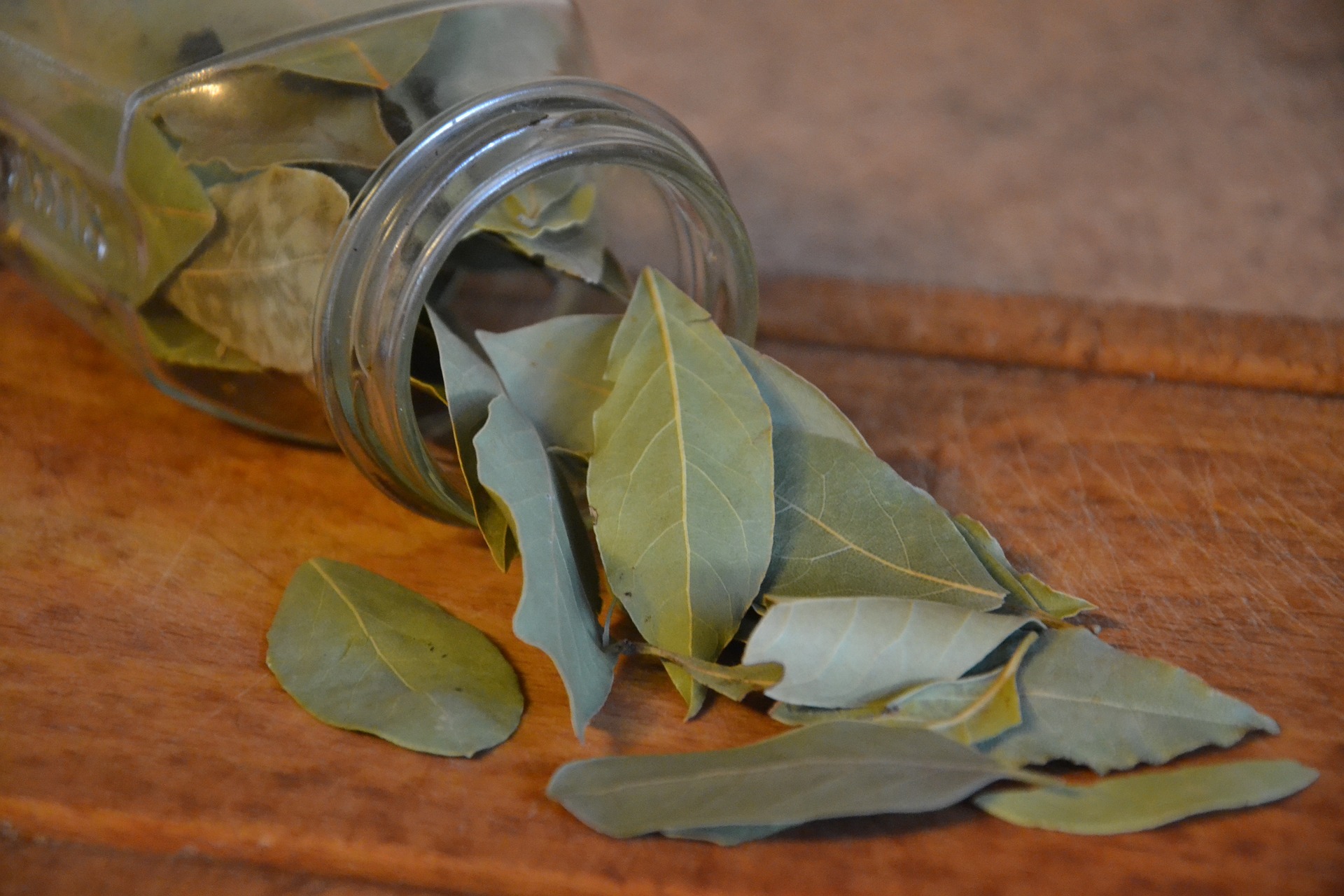
Bay Leaves are a spice originating from the laurel tree, which is native to the Mediterranean region. They provide a subtle, bitter flavor many people like adding to their cooking. Common dishes are given an extra layer of flavor when bay leaves are added, and they can be used fresh and dried.
In fact, they can even be ground into a powder if needed! Many times, bay leaves are simmered in soups or broths for an extended time to really bring out their flavor. Additionally, fresh bay leaves can be used as a garnish for salads or sandwiches for an unexpected bite of flavor. The options of ways to use this spice are truly endless!
Oregano
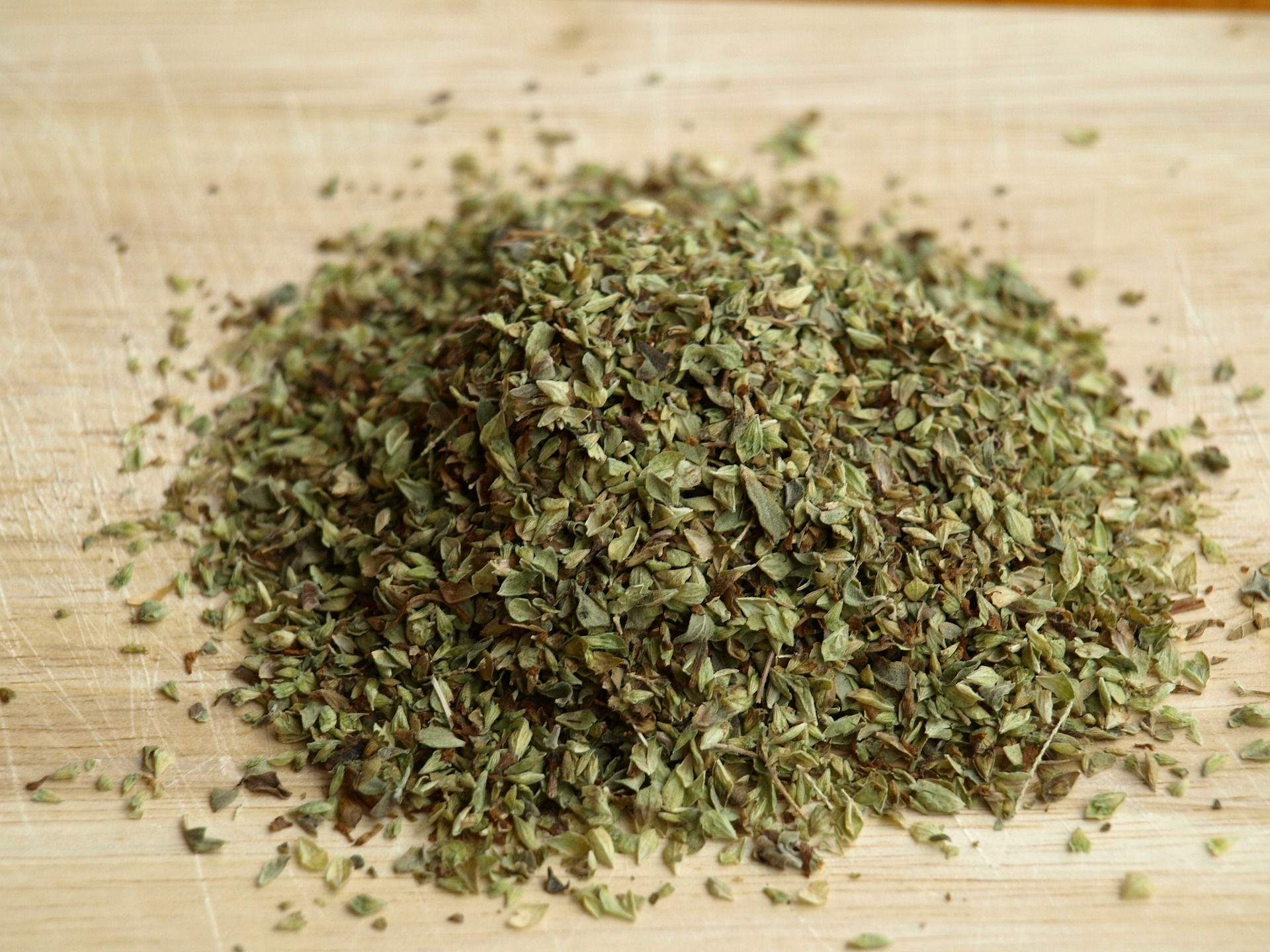
Oregano is an herb with vibrant leaves and a unique, pungent aroma; dried oregano is commonly used in cooking. It has a peppery, sweet flavor that adds depth to your favorite Italian dishes like lasagna and pizza. But this herb isn’t limited to Mediterranean food; its zesty flavor makes it perfect for enhancing soups, sauces, and marinades. Just remember that a little goes a long way; too much-dried oregano can be overpowering!
Parsley
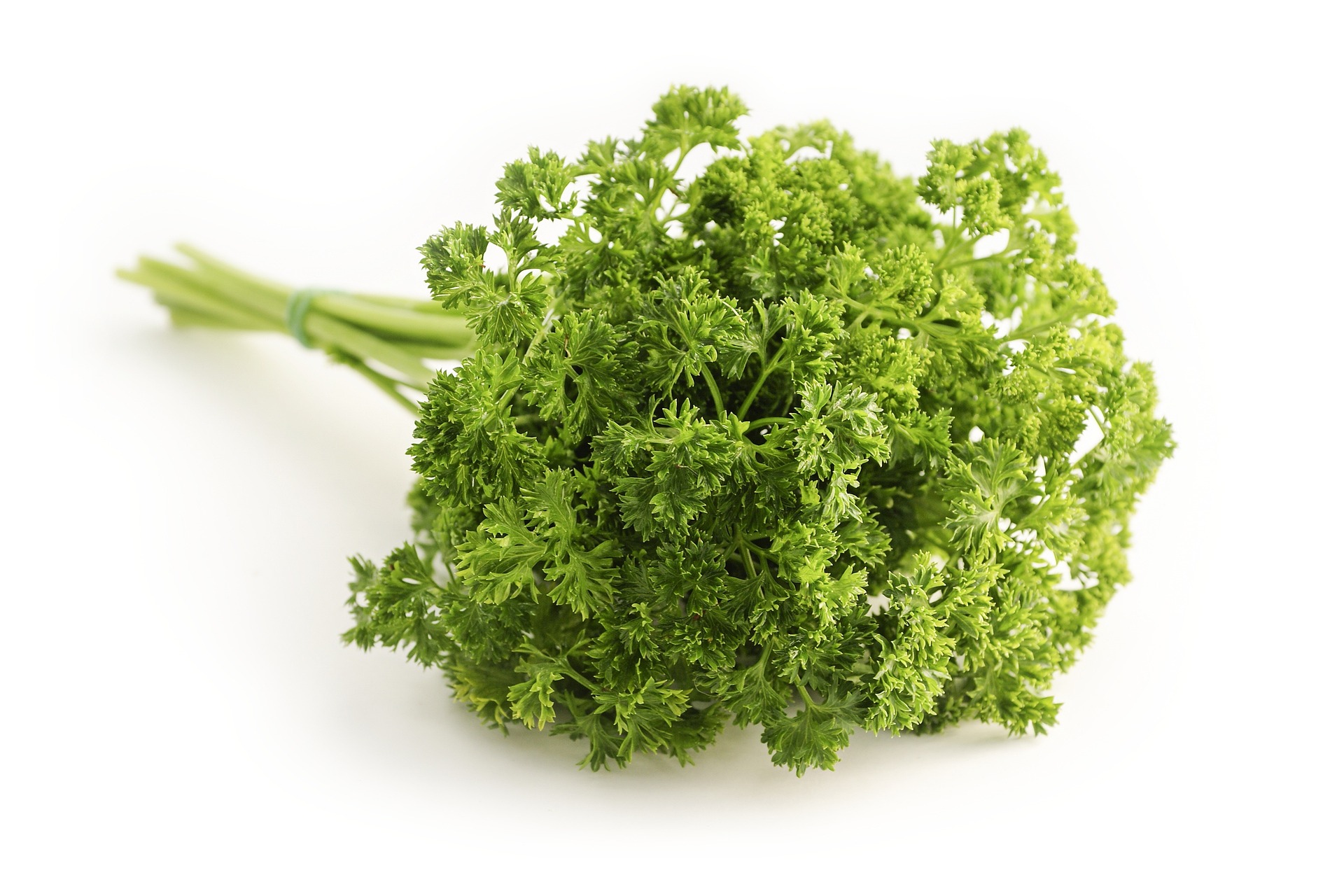
Parsley is a type of culinary herb commonly used in cooking. It has a mild, slightly bitter flavor and curved, light green leaves packed with freshness. It’s found in many dishes worldwide, from Italian spaghetti sauces to Greek tabbouleh salads. Parsley adds brightness and flavor to any dish it is added to while also providing a splash of color.
Aside from being a delicious staple in almost every kitchen across the globe, parsley also has numerous health benefits. It’s an excellent source of vitamins K and A, so adding extra parsley to your favorite dishes can help ensure you get enough nutrients each day.
Rosemary
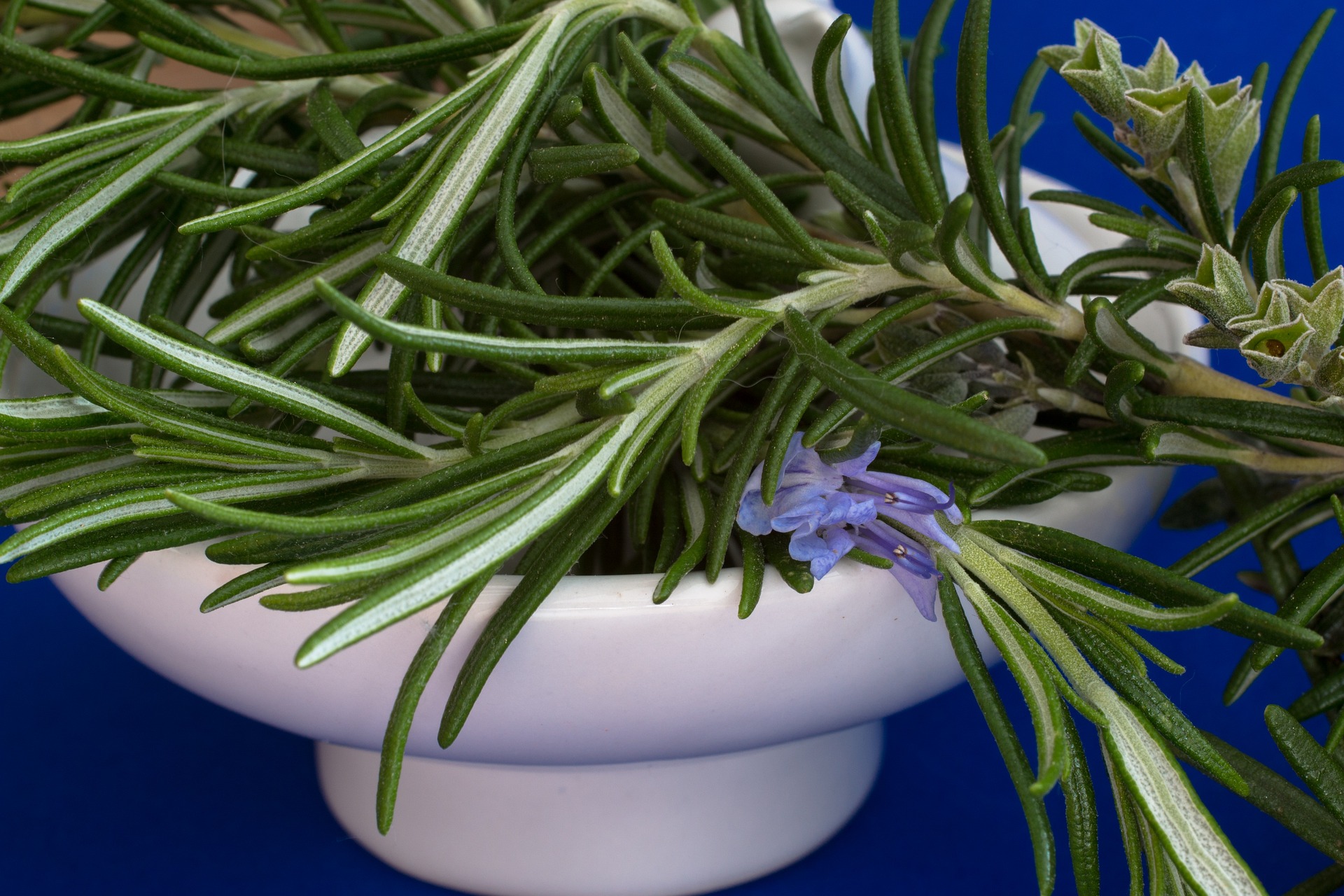
Rosemary is an aromatic evergreen shrub native to the Mediterranean. It has a long history of medicinal and culinary use, with its strong aroma instantly evoking the flavors of mouth-watering roast lamb or chicken.
In fact, rosemary is probably most well-known for the way it can transform simple dishes into something truly special. With just a sprinkle of its needle-like leaves, it can usher in intense flavor from its resinous pine-like notes.
Thyme
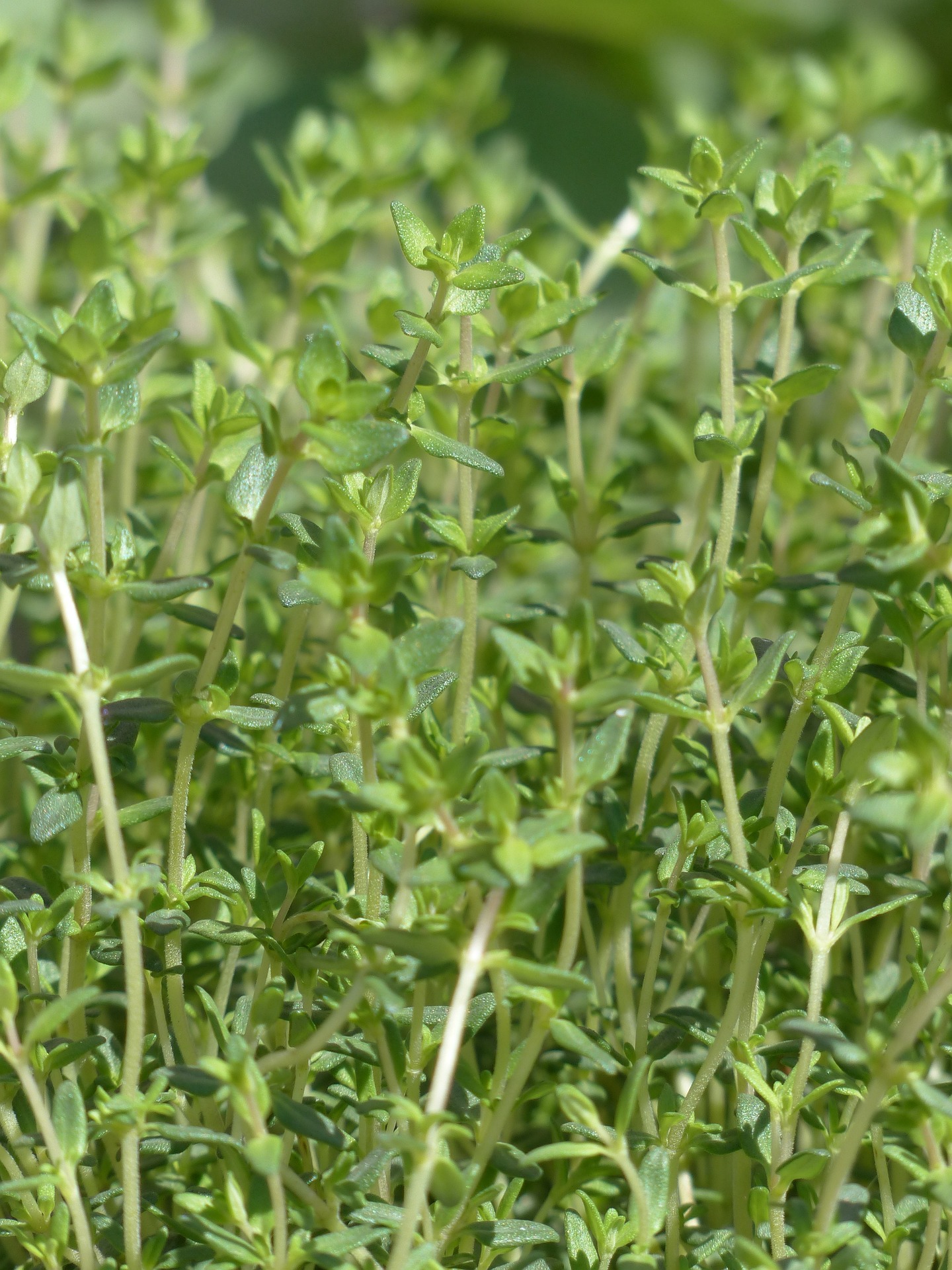
It’s an herb that belongs to the mint family and comes from the Mediterranean region, with plant varieties found in Europe and North America. Technically, thyme refers to both the herb and its essential oil. Its distinctive flavor adds complexity to any dish that calls for it! You’ll commonly find chopped or whole sprigs of fresh thyme used as flavorings for roasted or stewed meats, beans, and seafood.
Additionally, its honey-like floral notes can be extracted when you mix it with simple syrup! All said and done. Thyme is a versatile herb that happily pairs with various ingredients to sweeten up your favorite dishes.
Sage
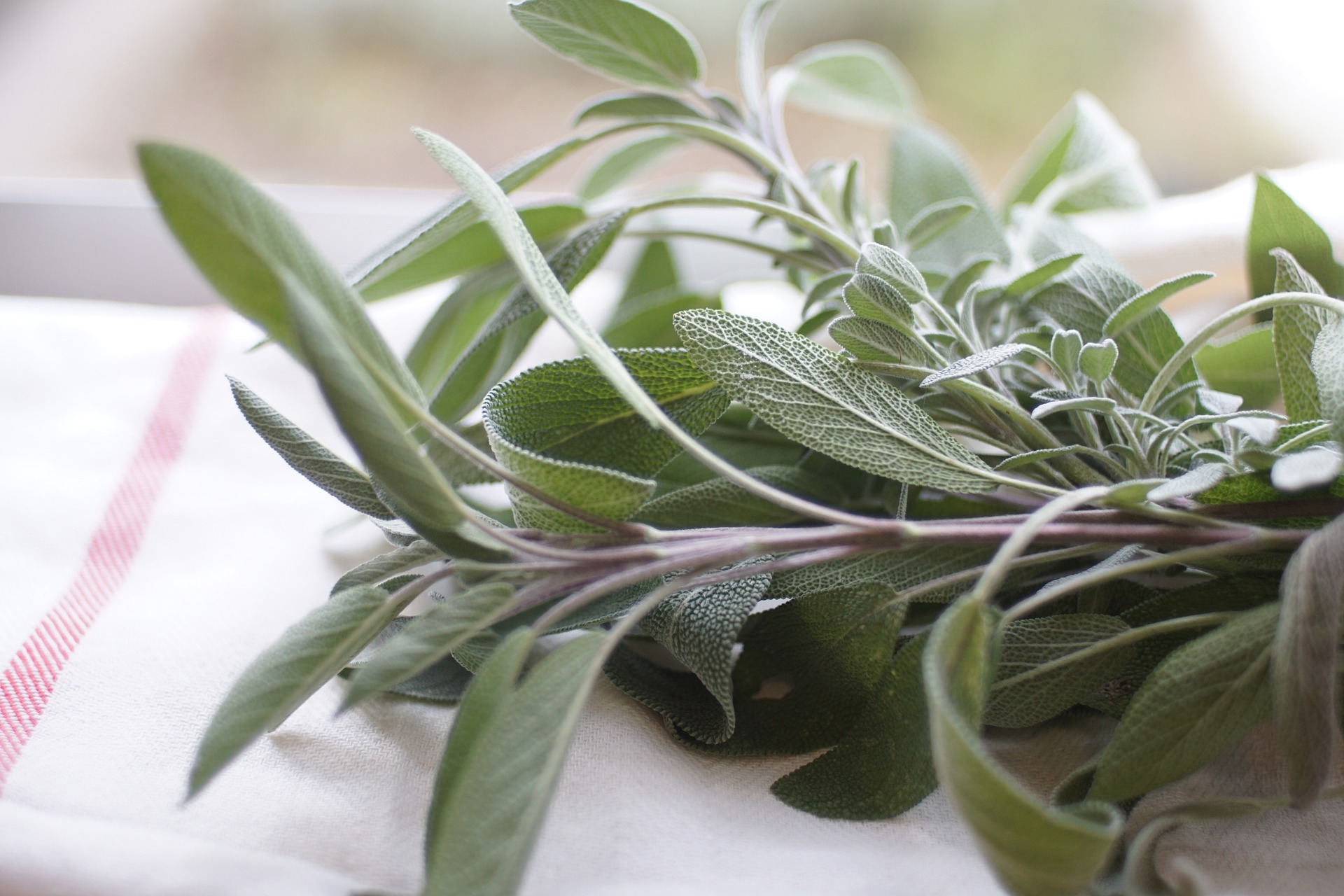
Have you ever tried Sage? It’s a delicious herb that adds a unique and savory flavor to any dish. Sage is recognizable by its grayish-green color and long, oval-shaped leaves. It originates from the Mediterranean, where it has been used in cooking since classical antiquity!
Traditionally it was most commonly used in Italian, French, British, and German cuisine. Nowadays, Sage is widely used in cooking worldwide. Especially during special occasions like Thanksgiving, where people often combine it with one of their best friends: turkey!
How Many Spices And Herbs Are There: Types of Spice Blends
Dried spice mixtures provide variety and faster preparation. While creating some spice blends yourself can be simple, buying pre-made blends guarantees that the ratio of the ingredients will always be the same. The popular spice combinations listed below can be used to improve your dish.
Chili Powder
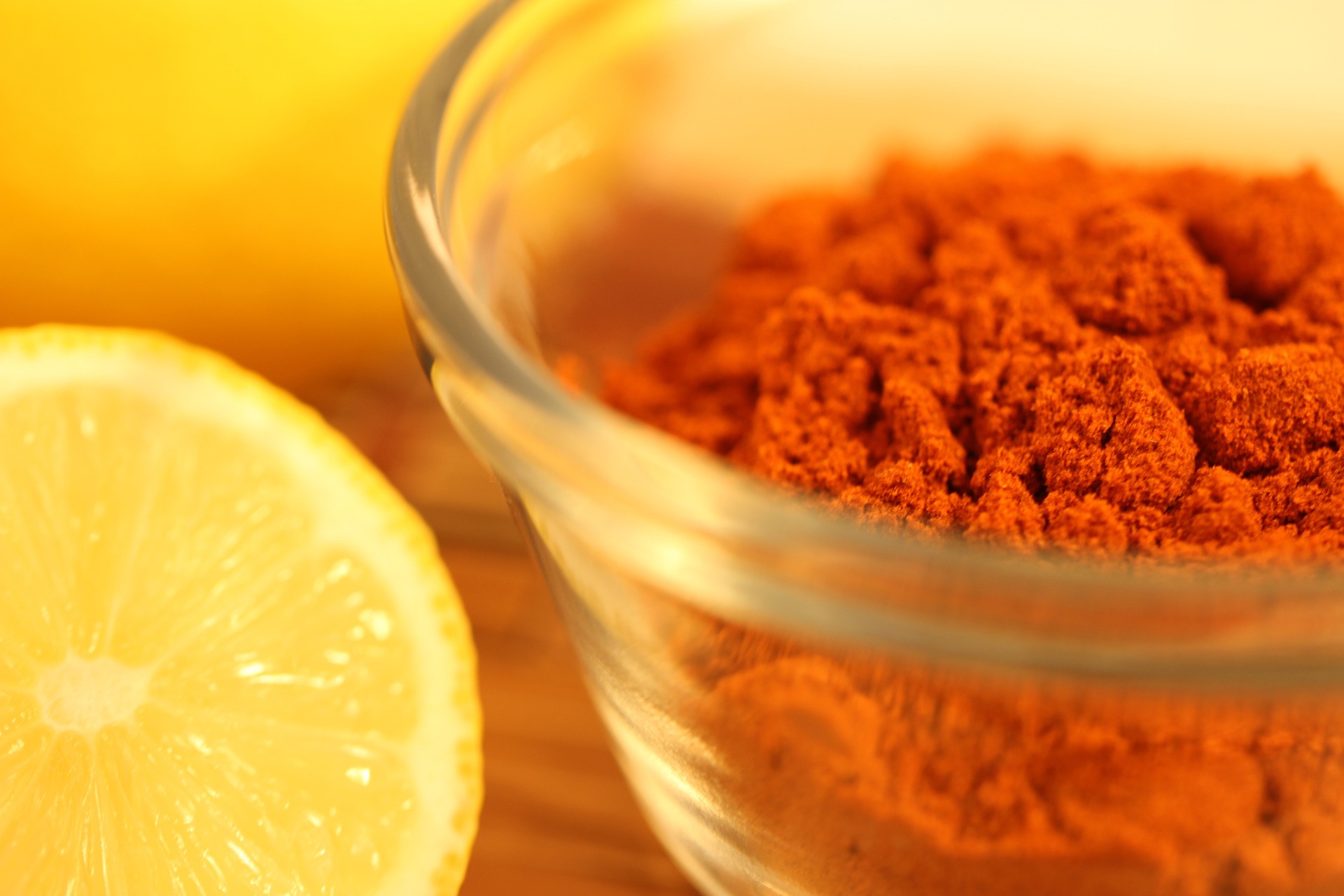
Chili powder is a mix of spices, including paprika, garlic powder, cumin, and oregano. It’s all about balance. You don’t want anyone spice to stand out too much in your dish! This mélange adds depth and zestiness to recipes like marinara sauces, tacos, and chili con carne.
A sprinkle of chili powder also helps perk up roasted veggies or even popcorn! Heat lovers may add a dash of red pepper flakes for an added kick, while others are content to keep their chili dusting on the mild side.
Curry
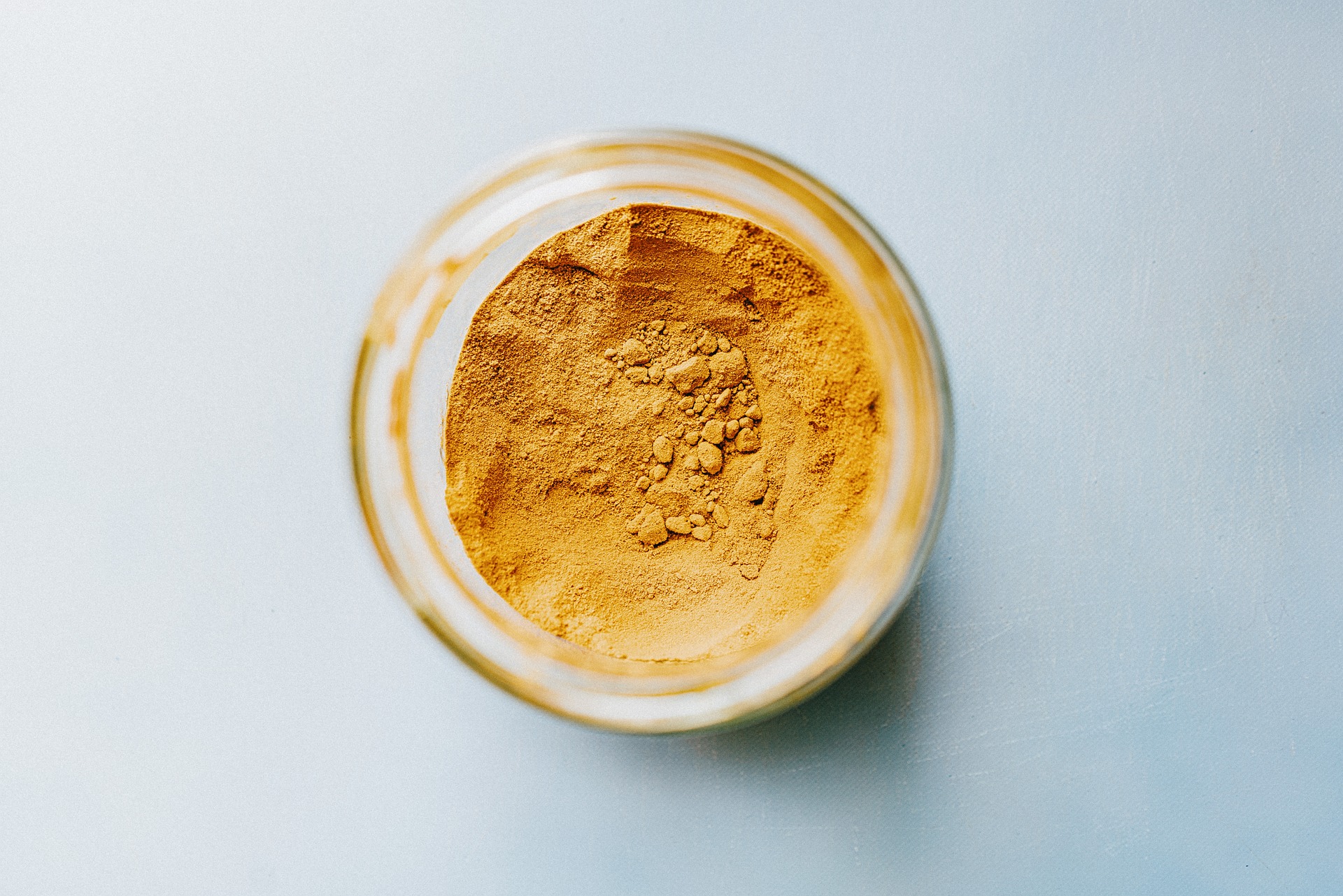
Curry Powder is an aromatic blend of spices, the main ingredient being turmeric, which gives curry its yellowish tint. Other ingredients vary from place to place but typically include coriander, cumin, fenugreek, and chili pepper.
Curry powder makes curries or spicy dishes like stews and soups. It also adds a unique and exotic flavor to ordinary foods like vegetables, potatoes, eggs, and chicken. With a warm aroma and assertively spicy flavor, adding curry powder will instantly revive most any dish.
Poultry Seasoning
Poultry seasoning is a spice blend that can vary depending on the recipe and region but is generally made up of ground herbs and spices like sage, thyme, and black pepper. It’s used primarily in dishes that include poultry and other bird meats, such as chicken or turkey. You might also find it in stews and soups where those meats are cooked.
Aside from the herbal notes it brings to soups and other dishes, poultry seasoning can add some excellent background flavor for roasting birds, too. Something your family will certainly thank you for!
Chinese Five Spice Powder
Chinese Five Spice Powder is a unique seasoning blend that can take your cooking to the next level. It’s made of 5 spices – usually star anise, cloves, ground cinnamon, Sichuan pepper, and fennel – that beautifully meld together to create a complex flavor profile. You’ll commonly see Chinese Five Spice utilized in stir-fries, rice dishes, and marinades.
Not only does it lend a wonderful depth of flavor, but it even helps tenderize meat – making it the perfect seasoning for any protein-based dish!
Pickling Spice
Pickling Spice is a mix of herbs and spices frequently used to make tasty pickle dishes. It usually contains a blend of juniper berries, mustard seed, coriander seed, allspice, red pepper flakes, cloves, bay leaves, dill seed, and ginger. This spice combination creates a unique flavor profile that can be difficult to replicate with individual spices.
It’s most commonly used for making refrigerator pickles in the traditional method by soaking cucumbers in vinegar and water with the pickling spice blend added for extra flavoring. You can also use it to give other dishes like soup or curry an extra kick of flavor that’ll leave you wanting more.
Frequently Asked Questions
Q: Is a fresh herb better than a dried herb?
It’s an age-old debate among chefs and herb lovers – is using fresh or dried herbs better? Well, it really depends on your preferences, cooking style, and what kind of dish you’re making. Generally speaking, fresh herbs are more fragrant and impart a stronger flavor than dried herbs. That said, dried herbs can last longer in the cupboard and come out cheaper than their fresh counterparts. Dried herbs should be fine for recipes like soups, where you will cook the herb for a long time. On the other hand, if you add them to a cold dish like a salad at the end just to garnish it with some flavor, go with fresh herbs as they may give you a better result.
Q: What ground spices should I always have on hand?
Every good cook needs a nice selection of ground spices in their pantry. While there is a seemingly endless number of different ground spices, I always recommend having cinnamon, garlic powder, black pepper, cumin, and chili powder. Cinnamon adds a warm flavor wherever it’s used – mix it with sugar for the best cinnamon toast ever! Garlic powder is great for adding an extra garlicky note to your dishes while keeping the consistency of your cooking intact.
Plus, you can use it as an instant flavor enhancer on anything savory. Black pepper is likely already familiar to you, but adding just a pinch can make all the difference. Cumin is perfect if you want to give something some Mexican-influenced spice and chili powder that provides a kick that’s hard to beat when making chili and other traditional Tex-Mex dishes. So remember, stock up on these basic ground spices, and chances are that any dish you create will turn out savory and delicious!
Q: Which Indian spice is best for curries?
When it comes to perfecting curries, there is no one size fits all answer; different spices can help create unique flavors. Nonetheless, if you want your curry to stand out from the rest, then turmeric is your go-to spice. Turmeric has a strong earthy flavor and lends an exotic yellow color to the curry, which makes it look even more inviting! What’s great about turmeric is that you can use it in almost any type of curry. Whether vegetarian or non-vegetarian – really making it the ideal spice for curries!
Q: What is the difference between herbs and spices?
Spices are the seeds, bark, or other parts of plants used to flavor food. Herbs are the leaves and stems of plants used to flavor food. Both herbs and spices can be used fresh or dry and are usually added to food during cooking.
Q: How does Indian cooking use spices?
Indian cooking is renowned for its careful and creative use of spices, which transform otherwise ordinary dishes into something with flavor so rich it’s unforgettable. While some Indian dishes are spicier than others, all take time to put together and balance multiple spices to create the perfect taste. What’s so amazing is that different combinations of spices can make a huge difference in the final dish, ranging from mild and creamy curries to hot Kormas. Spices like cumin, turmeric, coriander, garam masala, and mustard seeds provide a foundation for all Indian cooking when used in specific combinations and amounts. Other aromatics like cardamom, fenugreek, and cloves uniquely highlight that incredible Indian flavor we’re all familiar with. Once you understand how to combine these spices, you can really let your creativity run wild!
Final Words
People who work in the culinary industry are aware of the importance of spices and herbs in producing mouthwatering meals. We’ve discovered that spices and herbs provide more variants than we could have ever anticipated as adventurous cooks continue to experiment with diverse flavor combinations! There may be a few dozen to hundreds of options available depending on the culture or location. Consider components like garlic, ginger, saffron, cumin, oregano, and paprika. Having access to such a wide variety of spices and herbs gives a fantastic opportunity for culinary research, whether you are a home cook or a professional chef.

